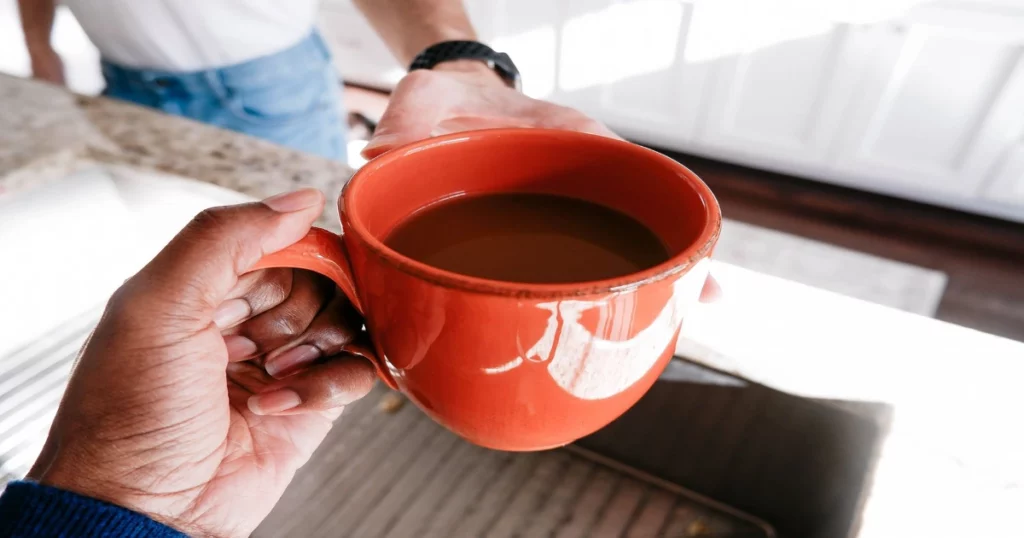No products in the cart.
Blog
Deciphering The Mystery: How Many Ounces In A Cup Of Coffee?
Coffee, the elixir of mornings, the fuel for productivity, the beverage that brings people together. It’s a drink with a rich history, diverse flavors, and a significant place in many cultures worldwide. But amidst the appreciation for its taste and aroma, a question persists for many coffee enthusiasts and casual drinkers alike: How many ounces are in a cup of coffee?
In this comprehensive exploration, we’ll delve into the world of coffee measurements, uncovering the variations in cup sizes, understanding the factors influencing coffee strength, and providing clarity on the elusive relationship between ounces and cups in the realm of coffee brewing.
Understanding Coffee Measurements
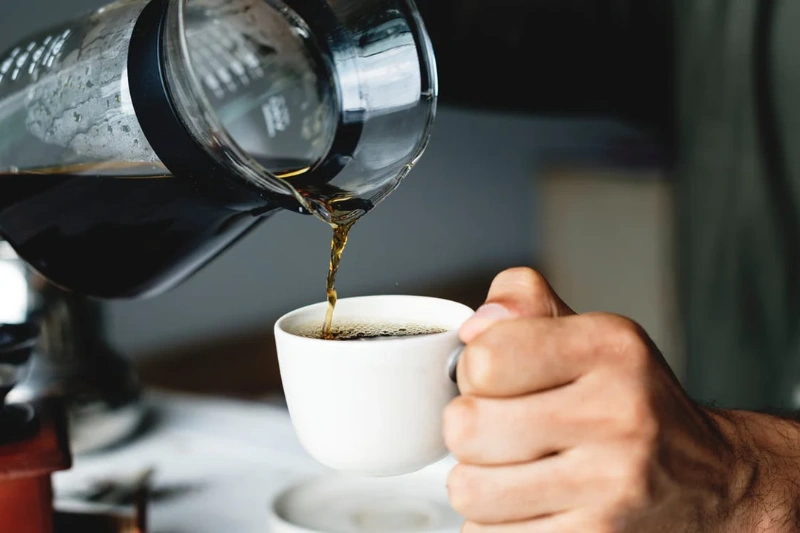
Before we tackle the specific question of ounces in a cup of coffee, let’s first establish a foundation in coffee measurements. Coffee, like many culinary pursuits, relies on precise measurements for consistent results. While coffee enthusiasts may enjoy experimenting with different ratios and brewing methods, understanding the basic measurements is essential for achieving desired outcomes.
In the world of coffee, measurements typically revolve around weight and volume. Weight measurements, often expressed in grams or ounces, provide precise quantities of coffee grounds, while volume measurements, such as cups or milliliters, offer a more practical approach for many home brewers.
One of the fundamental ratios in coffee brewing is the coffee-to-water ratio. This ratio determines the strength and flavor profile of the brewed coffee and is often expressed as a ratio, such as 1:15 or 1:17, indicating the amount of coffee in relation to water. For example, a ratio of 1:15 means one part coffee to 15 parts water.
Now, let’s turn our attention to the concept of cup sizes in the context of coffee.
Variations in Cup Sizes
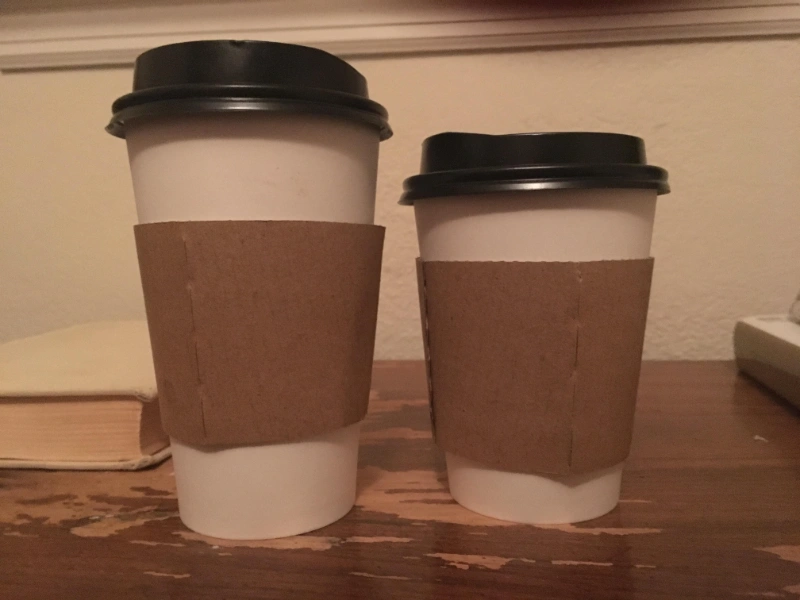
In everyday conversation, the term “cup” is often used casually to refer to a serving of coffee. However, the actual volume of a cup can vary significantly depending on cultural norms, brewing traditions, and individual preferences.
In the United States, a standard coffee cup is often defined as 8 fluid ounces (fl oz) or approximately 240 milliliters (ml). This measurement is commonly used in recipes and coffee brewing guides as a reference point for consistency.
However, it’s essential to recognize that not all cups are created equal. In many other parts of the world, especially in Europe and Australia, coffee servings are often smaller, typically ranging from 4 to 6 fluid ounces (120 to 180 ml). These smaller serving sizes are often associated with espresso-based drinks, such as espresso shots or cortados, which are favored for their concentrated flavors.
In specialty coffee circles, you may encounter even more precise measurements, with some baristas and coffee aficionados using scales to weigh coffee doses down to the gram for utmost precision in brewing.
Factors Influencing Coffee Strength
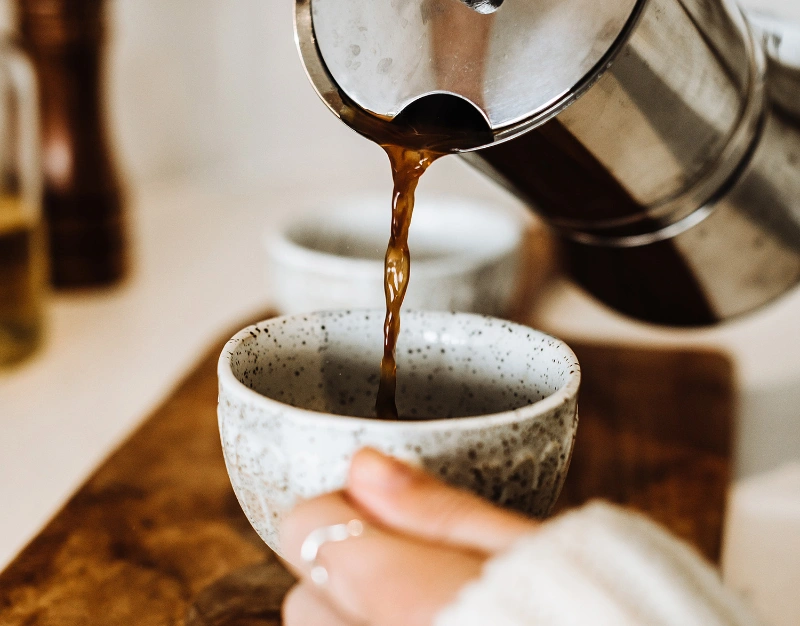
The strength of coffee is influenced by several factors, including the coffee-to-water ratio, grind size, brewing method, and extraction time. Understanding how these factors interact can help you adjust your brewing technique to achieve your desired strength and flavor profile.
Coffee-to-water ratio
As mentioned earlier, the ratio of coffee to water plays a crucial role in determining the strength of the brewed coffee. A higher ratio of coffee to water will result in a stronger, more intense flavor, while a lower ratio will produce a milder brew.
Grind size
The size of the coffee grounds impacts the rate of extraction during brewing. Finer grounds have more surface area exposed to water and extract more quickly, leading to a bolder flavor. Coarser grounds extract more slowly and produce a lighter-bodied brew.
Brewing method
Different brewing methods, such as drip brewing, French press, espresso, or pour-over, yield different strengths and flavor profiles. Each method has its optimal coffee-to-water ratio and extraction parameters, which can be adjusted to suit personal preferences.
Extraction time
The duration of the brewing process affects the strength and flavor of the coffee. Shorter extraction times tend to produce under-extracted, weak coffee, while longer extraction times can lead to over-extraction and a bitter taste.
Navigating the Ounces-Cups Conundrum

Now that we have a solid understanding of coffee measurements, cup sizes, and factors influencing coffee strength, let’s address the central question: How many ounces are in a cup of coffee?
As we’ve established, a standard coffee cup in the United States is often defined as 8 fluid ounces. However, when it comes to serving sizes in coffee shops or at home, the actual volume of a cup can vary based on personal preferences and cultural norms.
For many coffee drinkers, a “cup” of coffee may refer to a single serving, regardless of the actual volume. This could mean anything from a small 4-ounce espresso shot to a larger 12-ounce mug of drip coffee. Ultimately, the definition of a “cup” is subjective and can vary from person to person.
In practical terms, if you’re following a recipe or brewing guide that specifies a certain coffee-to-water ratio, it’s essential to use consistent measurements to achieve consistent results. Whether you’re measuring by weight or volume, maintaining the same units throughout the brewing process is key to reproducibility.
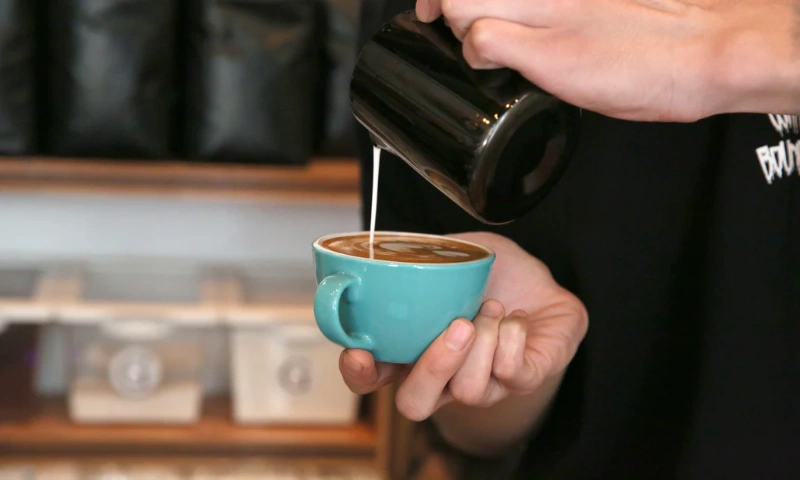
Conclusion
The question of how many ounces are in a cup of coffee may not have a straightforward answer, but by exploring the world of coffee measurements, cup sizes, and brewing fundamentals, we’ve gained valuable insights into the complexities of coffee brewing.
Whether you prefer a strong espresso shot, a classic drip coffee, or a delicate pour-over, understanding the factors that influence coffee strength and flavor can empower you to explore new brewing techniques, fine-tune your recipes, and savor the rich diversity of coffee experiences.
So, the next time you reach for your favorite coffee mug, take a moment to appreciate the art and science behind your brew. Whether it’s 8 ounces or 12, what truly matters is the joy it brings and the connections it fosters, one cup at a time.


